
“I buy art because I want to feel what art makes me feel: joy, inspiration, awe, curiosity, respect, as much as I can in my everyday life,” says James Frey, whose collection at home in Pound Ridge includes pieces by Rashid Johnson, Robert Colescott, and Nate Lowman. As an author, Frey trades in the full spectrum of emotion across A Million Little Pieces, Bright Shiny Morning, and this year’s novelistic exploration of the darkness underlying a charming American town, Next To Heaven.
In the mid-aughts, Frey was lambasted in the press for greatly exaggerating the facts in his bestselling memoirs about addiction and rehab. In 2025, an era of “emotional truths” and with scant capacity for shock, Frey’s writing style reads as ahead of its time—though he’s taken a turn toward fiction, where his imagination can run free. He collects art with the same unbridled enthusiasm, offering as little regard for market trends as he does critiques from the literary establishment (“I just sit in my castle and giggle,” he recently told The New York Times). These works of art are pieces he wants to gaze up at over dinner, and here, Frey gives us a seat at the table.
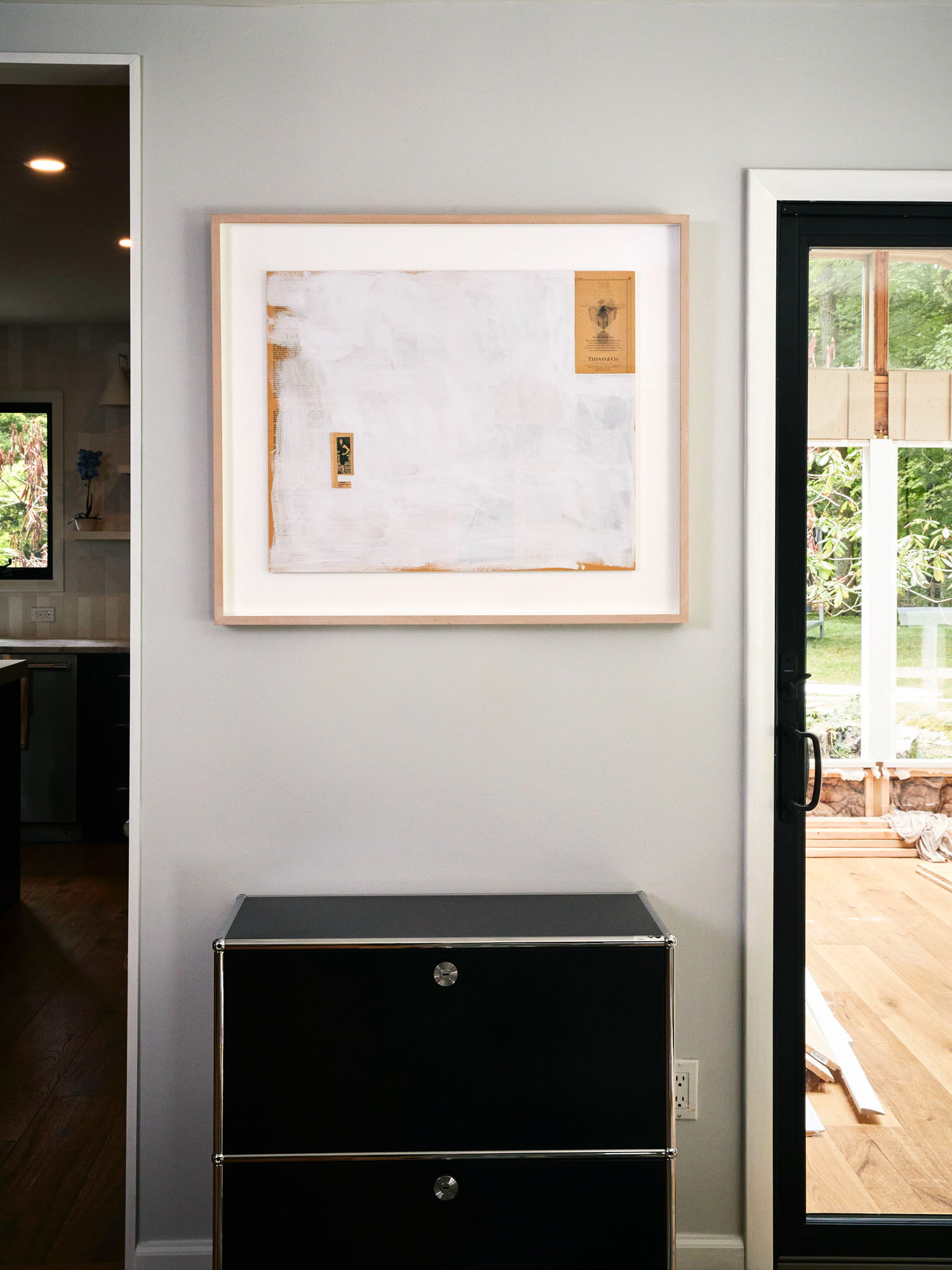
Next to Heaven is filled with status symbols—not just brand-name artists, but also fancy schools, clothes, skincare, watches. What kind of research did you do to make sure you got the particulars right?
We live in a status-obsessed society, and I have been bombarded for most of my life with images and advertisements for luxury goods, so it wasn’t particularly difficult. I’m fluent in art and furniture. For those, I chose things I thought matched the characters’ tastes, for good or bad. For very specific fashion, skin care information, which I don’t know, I’d call either Victoria Traina or Sarah Hoover, who always [gave] great answers. For watches, I called an unnamed hedge-fund billionaire. Occasionally I used A.I. An easy example was to find the world’s most expensive scotch. I don’t drink. Google gave 40 different answers. A.I. gave me one.
Who do you think is tougher: art critics or book critics?
Critics are critics in every medium. The fundamental difference is that the art world is much smaller than the book world. The audience is vastly smaller. How many people see the most well-attended art shows in New York, versus how many read the bestselling books in the world? It’s the tens of thousands versus many millions. So when you get savaged by a book critic, as opposed to an art critic, it tends to be seen by many more people.
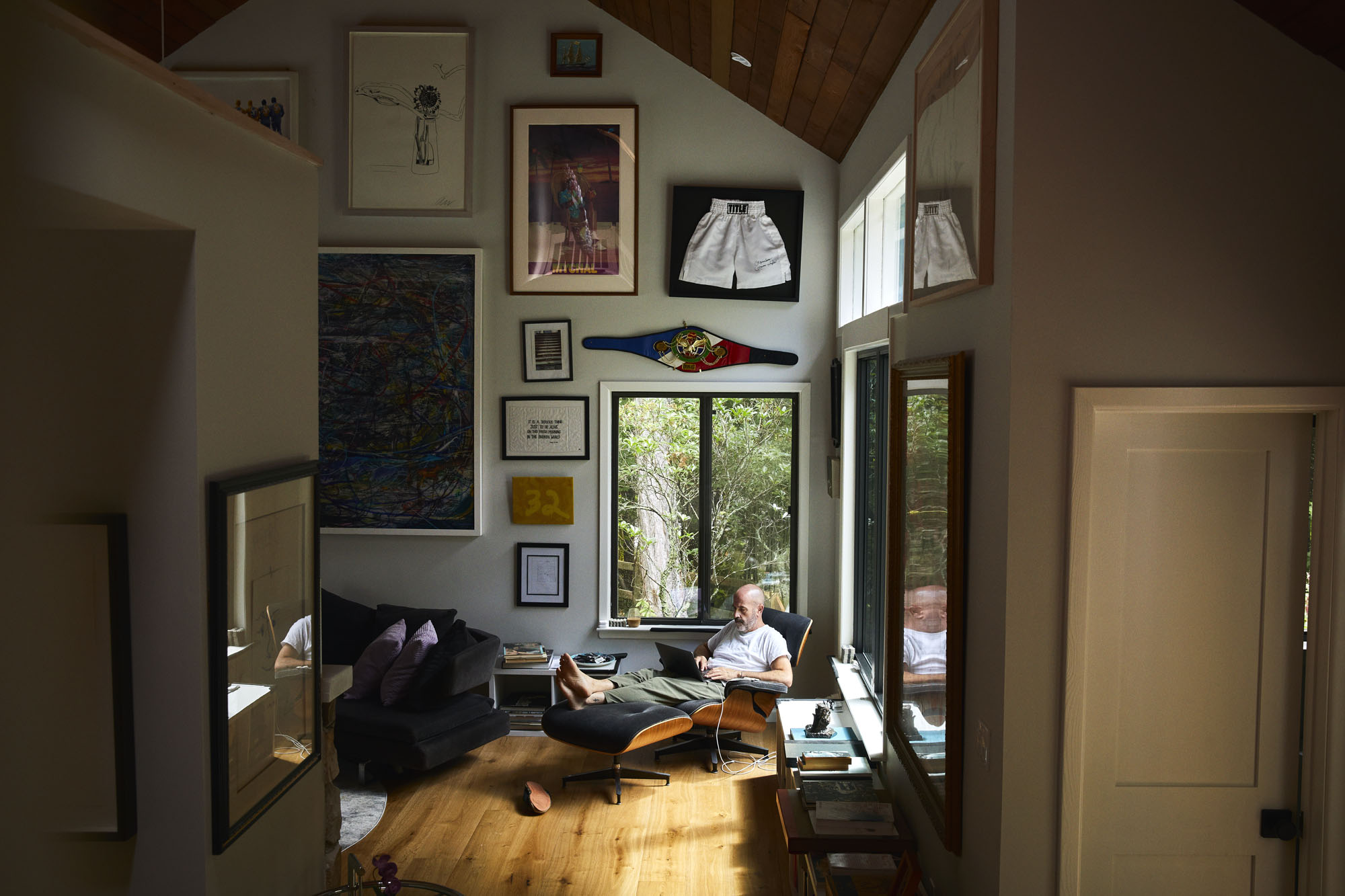
Where does the story of your personal art collection begin?
I have been art obsessed since I was a kid. I always dreamed of having cool pictures on the wall, and whenever I have had money in my life, I spend it on art. When I was 24, I had a job that paid in cash and required great discretion. I had to do something with the cash. In 1994, laws related to money were very different than they are now, and large cash purchases could be made without government knowledge or interference. The first piece I bought was a Picasso drawing in blue crayon from 1908, and the second was a Matisse drawing of a woman from 1918, both from a well-known gallery that was, at the time, happy to sell art to me for cash.
Describe your art collection in two words.
Memories and Inspirations.

Which work in your home provokes the most conversation from visitors?
A large, early Rashid Johnson mirror painting called Soul on Ice. It’s white spray paint on a large mirror. It is the only piece hanging in my kitchen and dining area, and it dominates the room. It’s both raw and gorgeous, and many people who see it, especially those not interested in art, aren’t sure what it is or why I have it in my house or what it means. It’s a piece that does what I believe art should do, which is create an emotional reaction in everyone who sees it. That leads to a great conversation or inspiring someone else to look at Rashid’s work, or art in general.
What was the most challenging piece in your personal collection to acquire?
The aforementioned Picasso. At the time of purchase, I was 24, six months out of jail and rehab, and carrying a backpack with 50,000 in it. It took awhile to convince the gallerist I wasn’t a cop or a thief.
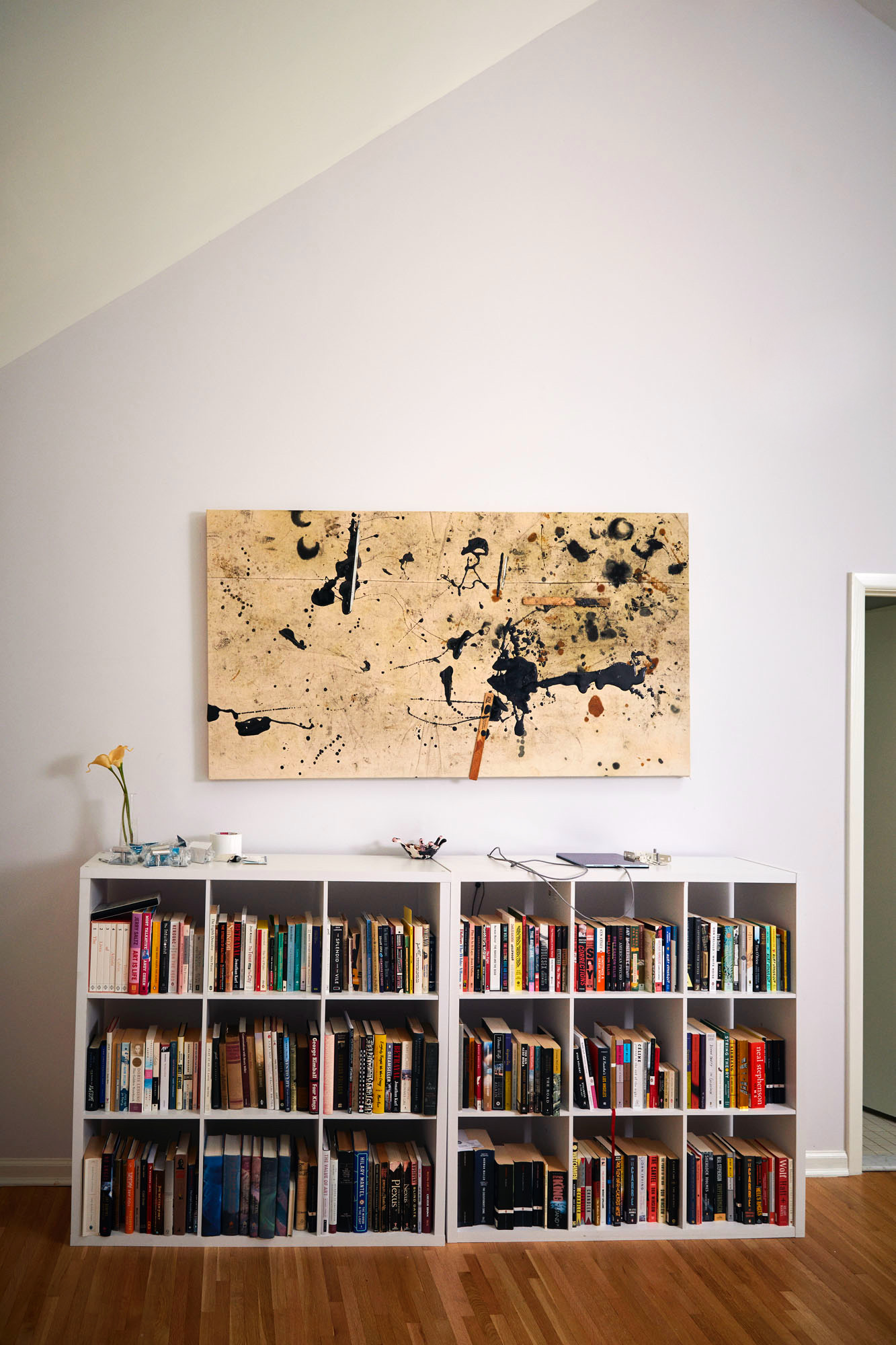
Every collector has made a rookie mistake or two. What was your most memorable?
Following trends instead of following my heart. Allowing the market to dictate decisions that should have been made with emotion. Plenty of collectors play the financial game, and so have I. But it took away from the joy of art for me, the emotion. The market will do what it does. Buy what you love. Let it make your life better.
Do you see collecting as an extension of skills you’ve honed in your day job, or an escape from them?
An extension, or another part of it. I write books, make art with words. A large part of the reason I do is because of my love of visual art, and I don’t necessarily think of them as that different.
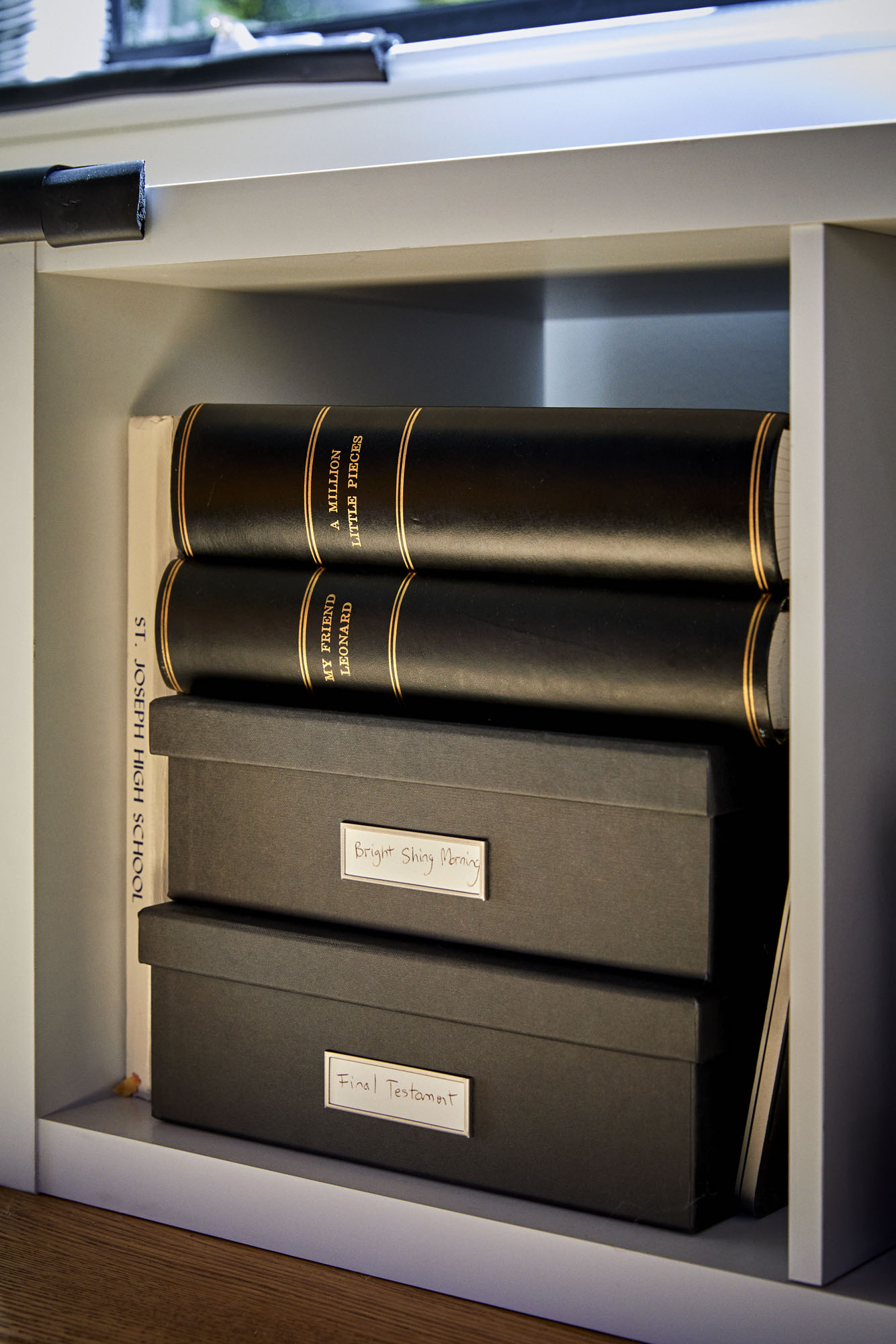
If you could snap your fingers and instantly own the art collection of anyone else, who would it be and why?
A Manet. I don’t need someone’s entire collection. I would love something made by the hand of Manet, preferably a painting, but a drawing would be a delight. Just seeing a Manet every day would make me smile for just about forever.



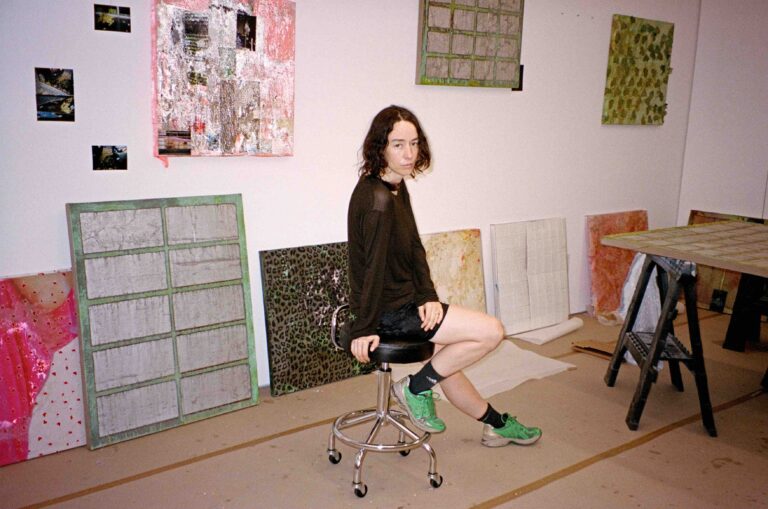






 in your life?
in your life?

